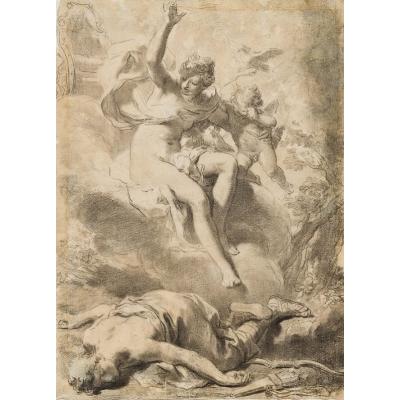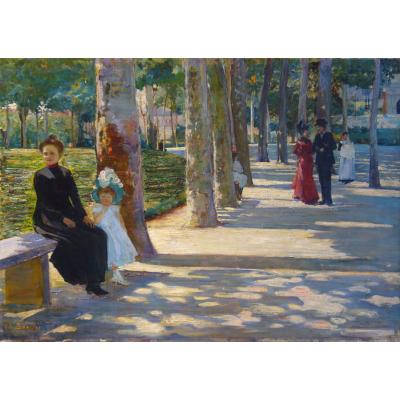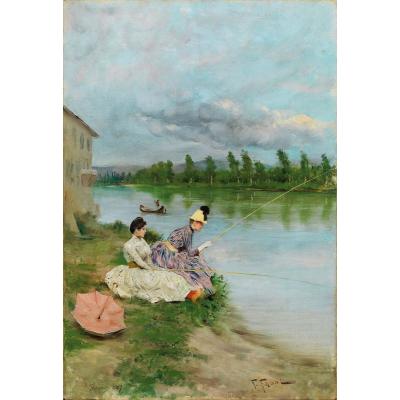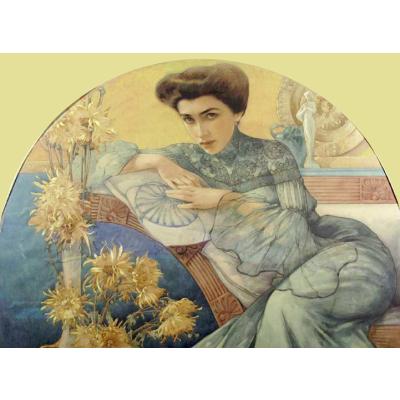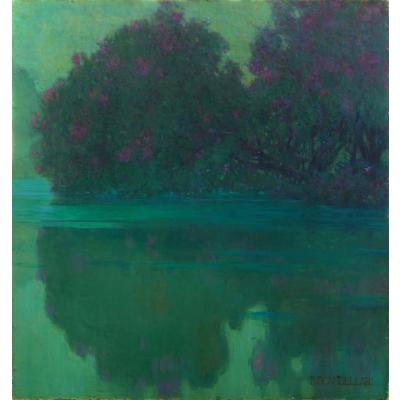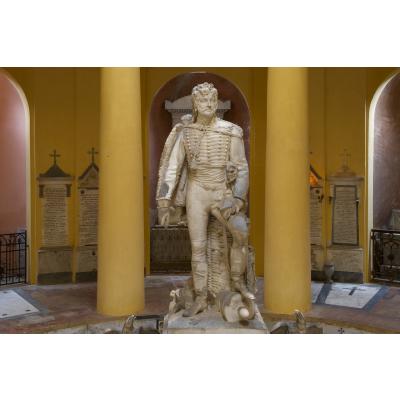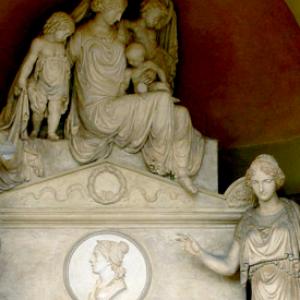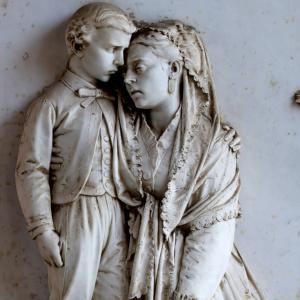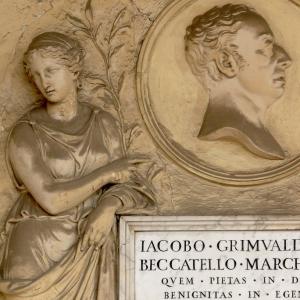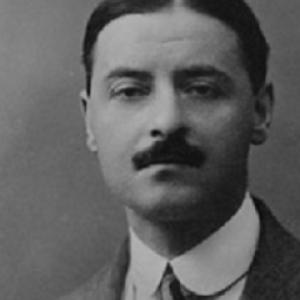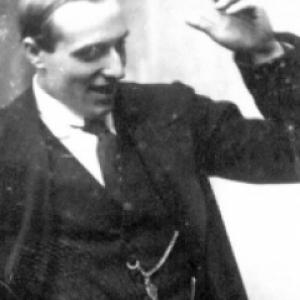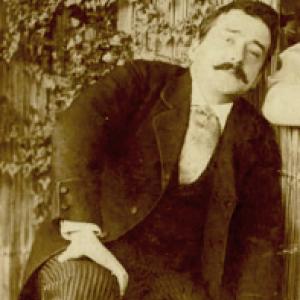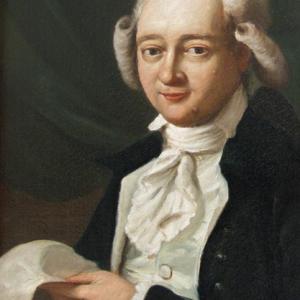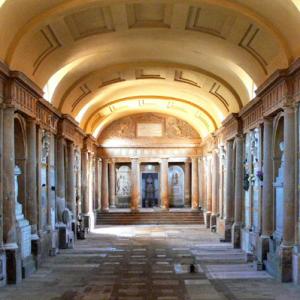Schede
Between the 19th and the 20th century Bologna passed through a tumultuous and extremely varied period: from the “Giacobina pro-French” phase to the “Restoration” of the pontifical government, from the riots of the Risorgimento to the union of the Reign of Italy, until the Industrial Age, the social and economic mobilization and the entrance into WW I in 1915.
Similarly to the other cities in the country, this sequence of events had different consequences in the cultural and artistic circle, by promoting a close confrontation between academical and avant-Garde culture. Still nowadays the artistic school is mainly defined as academical, considering only the Fine Arts at the Art Academy, without ever going over this important but not unique issue. Emphasizing Fine Arts, Curlandesi e Baruzzi awards thus became one of the principal points of the artistic national confrontation. Bologna,even though not as important as the others cities in Italy (Milan, Rome, Turin and Genoa) was and is still an important geographical and cultural centre of the peninsula as demonstrated by the work of Carlo Bianconi and Pelagio Palagi inside Brera Academy in Milan at the beginning of the 19th Century. Besides the transformation of Accademia Clementina into the Belle Arti Academy, other relevant events took place in this long century. Among them we can mention the big yard started in 1801, offering the artists new spaces and means: the Certosa monumental cemetery. It is a compound of urban structures, where families competed in hiring the best sculptors and architects, but also some “foreigners” like Vincenzo Vela and Giovanni Duprè, thus getting to the highest levels. During the 1800s in the city there were new institutions like Venturoli’s college (1825), associations like Francesco Francia (1894) or the committee for historical and artistic Bologna (1899), the artistic movement of Aemilia Ars grown thanks to Alfonso Rubbiani, other guild and inner sanctums with short or very short duration: all occasions to develop the contemporary taste. The exhibitions held at the new-born Society of Belle Arti (Società protettrice delle Belle Arti) during the second half of 19th century and the sale of less academic works were suitable for a less bourgeois and less elitist public. All this wealth of intellects is also reflected in an impressive number of publications and art magazines, and helped the development of one of the most important Italian printers of the time: the Lithography Chappuis, with collaborators like Marcello Dudovich.
1888 was the year of the economic and cultural turning point of the city: on the one hand there were the celebrations for 800th anniversary of the university and on the other hand there was the Emilian exhibition, which focused the national attention on Bologna, showing the progress that had been accomplished by the city after the unity of Italy. On the occasion, art played an important role, with the extraordinary pavilion of music at Giardini Margherita and with the fine art exhibition at San Michele in Bosco. The artists of this century wanted to participate in the extraordinary national and international exhibitions, often meeting with the favour of the critics and getting commissions. An example is “il cittadino-giornale della domenica” (Cesena,4 August 1901): we propose a passage from « Il resto del Carlino» about Tullo Golfarelli, whose work called "lo Bacche ultima copula " represented an elegantly molded maenad, cast in bronze for the universal exhibition of Monaco di Baviera. Tullo Golfarelli was a sculptor of Cesenatico who lived in Bologna, city that he loved. “Yesterday Golfarelli received a good proposal of sale, which he accepted, and I am proud of him for his success, already known by our art critics, and for his credits even abroad in an important artistic center like Monaco.” These considerations help us understand how architecture, paint and sculpture were different in the Bologna of the 19th and 20th century, even if today it is difficult to have a complete and exhaustive view. The last exhibition was held in 1983, dedicated to the paint in Bologna before and after the Unity. Sculpture and architecture in the monumental cemetery were taken in consideration respectively in 1998 in the book “Immortalità della memoria” and in 2001 with the exhibition “Norma e arbitrio”. Many studies and essays on this period published in the following years have not made further contributions to an overall view.
Traduzione a cura di Alessio Martinez, Federico Spessotto, Hoara Zanotti, Eugenia Sandrelli; classe 3G, nell'ambito del progetto di Alternanza scuola-lavoro 2018/19 con il Liceo Ginnasio Luigi Galvani di Bologna.

